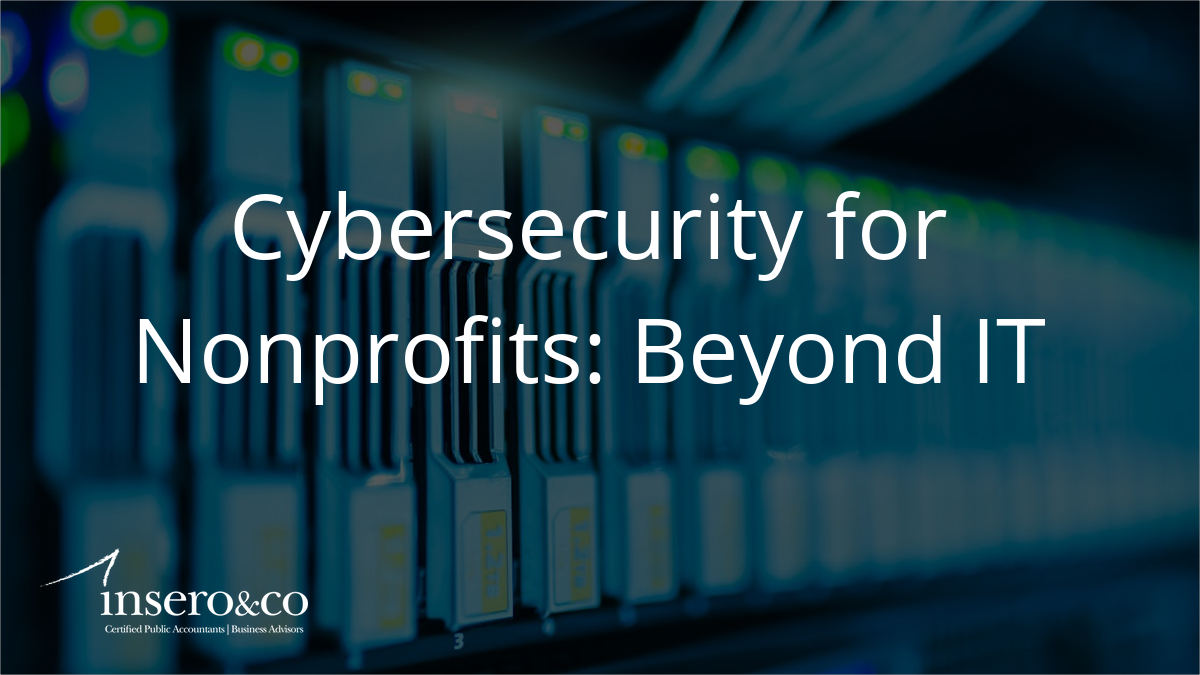The Coronavirus Aid, Relief, and Economic Security (CARES) Act’s retirement plan provisions are designed to throw a financial lifeline to people suffering adverse economic consequences from the COVID-19 pandemic. However, they leave plan sponsors largely in the driver’s seat. If you amended your plan to allow employees to take advantage of the CARES Act, what can you do now to help them avoid the penalties of not meeting the repayment schedule and possibly recoup their retirement savings?
Survey says
Sponsors can elect to allow qualified participants (as defined in the act) to take advantage of the emergency distribution and loan term liberalization provisions — or not. The CARES Act’s loan provision lasts until September 23, 2020, while the distribution provision lasts until the end of the year, so time is running short for you to amend your plan to give participants this freedom if you haven’t done so already. (Plans can be amended retroactively until 2022, but that doesn’t change the deadline for participants to have these opportunities.)
While surveys are suggesting that most plan sponsors have been amending their plans to accommodate these bailout opportunities, the decision to do so might not be a no-brainer. A Willis Towers Watson survey earlier this year found that nearly two-thirds of plan sponsors had or were planning to take action to liberalize participants’ access to plan loans and penalty-free distributions. In the same survey, most sponsors identified their employees’ “financial well-being” as one of their top three priorities.
Factors to consider
Bradford Campbell, the former Assistant Secretary of Labor for Employee Benefits, recently advised plan sponsors that “there are a number of factors to consider in addition to the short-term financial needs of their employees” in deciding whether, and if yes, the extent, to increase loan and penalty-free distribution caps. Let’s look at each separately:
Plan loan defaults. If you amended your plan to allow the maximum loan amount, qualified participants can now borrow the full amount of their account balances, up to $100,000 (net of any existing outstanding loans). Under the act, they then are able to extend their loan amortization for up to a year. Initial payments must start by January 1, 2021.
But what if participants default on those loans? They’ll suffer the same consequences as before the CARES Act: The amount of the default will be subject to a 10% penalty (assuming they’re under age 59½) and taxed as ordinary income. Assuming a participant took the maximum CARES loan available, their account could be wiped out entirely.
Another decision for plan sponsors who elect to give participants the expanded plan loan limits is how to determine whether a plan participant meets the special COVID-19-related eligibility criteria. You can allow participants to “self-certify,” or request documentation. Moving forward, if you’re worried about the possibility that some participants will abuse the opportunity, you might decide to insist on some proof of eligibility.
Plan distribution. If you gave qualified participants the option of taking an actual distribution of up to the lesser of 100% of their account balance up to $100,000 penalty free, the CARES Act gives them three years to repay the amount of the distribution, if they so choose. Doing so will allow them to refile their tax returns to reverse the tax liability they incurred in taking the distribution. But if they fail to repay the distribution in the three-year time limit, the distribution will be subject to income tax. Repayment can be made to your plan, IRA or a new employer’s plan.
The most likely source of capital that participants might have to draw from to repay any, or all of, such distributions is retirement savings being held in IRAs or a former employer’s 401(k) plan. If your plan doesn’t currently permit “roll-ins” from other plans, you’ll want to change that policy to give participants an opportunity to minimize their tax hit.
Balancing act
While the retirement plan relief of the CARES Act was helpful to many participants to meet their current needs, the back end of repayment may not be so kind. Be sure to make the repayment terms clear to your participants to help preserve their long-term retirement savings goals.
As always, we hope you enjoy this edition of our newsletter and we look forward to receiving your feedback. Should you have any questions regarding the information contained in the attached materials or our Employee Benefit Plan Services, please feel free to contact me directly.
Want to learn more?
Join our Employee Benefit Plan Resources group on LinkedIn for more frequent updates on recent developments and best practices and discuss related topics with your peers.




